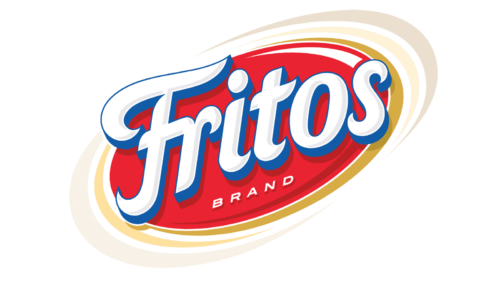In 1932, Kansas City, Kansas, native Charles Elmer Doolin, manager of the Highland Park Confectionery in San Antonio, Texas, purchased a corn chip recipe, a potato machine, and 19 retail stores for $100 that he borrowed from his mother. Moreover, it was in Doolin’s mother’s kitchen that The Frito Company, a corn chip company, was founded. This is how the chips that are now known around the world as Fritos came into being.
Meaning and history
Elmer Doolin’s Frito company has become phenomenally successful in just a few months. By the end of 1933, Fritos chips began to be produced in Houston and Dallas, and by 1962 they were already sold in 48 countries.
In the same 1932 year, Herman W. Lay created his company, Lays, which specialized in the production of potato chips. And by 1956 Lay & Company became the largest manufacturer of potato chips and salty snacks in the United States.
In 1961, Elmer Doolin and Herman W. Lay decided to create the combined Frito-Lay company, which subsequently became the leader in the US snack food market. And Frito Chips is still one of the leading brands of the company.
In general, the Fritos brand produces not only chips but also specialty sauces. And the main difference between Fritos chips from most competitors is that they are made of pressed whole corn flour. In the Fritos product line, there is a huge variety of flavors, where everyone will find something to their liking.
What is Fritos?
Fritos is the name of one of the main corn chip brands of Frito-Lay, a manufacturer with a leading position in the international market. The brand was established in 1932 and during the first year only 4,5 kilograms of the chips were produced per day, while already in a year, the production volume increased to 450 kilograms.
In terms of visual identity, Fritos still keeps the reference to its original badges in the current one. This shows the brand as the one that treats its history with a huge respect.
1932 – 1963
The original Fritos logo, designed in 1932, featured a bright red and white composition with the delicate cursive wordmark written against a solid red horizontally oriented oval banner, overlapping a striped ribbon. This version of the logo stayed unchanged for more than thirty years.
1963 – 1971
In 1963 the Fritos logo was redesigned for the first time: the contrast between red and white became stronger due to the intensified shade of red; the white stripes on the background ribbon got thinner, making red the main color; the contours of the characters in the wordmark were refined.
1971 – 1984
The redesign of 1971 has added an uppercase “Brand” to the red banner. The white tagline was added under the elegant “Fritos”. All other elements remained unchanged.
1984 – 1994
The horizontal stripes from the wide red ribbon on the Fritos badge became even thinner, with the red ones respectively thicker. There was also one small thing about the lettering — the short horizontal bar of the “F” got merged with the bar of the “R”.
1994 – 2004
The new design concept was adopted by the Fritos brand in 1994. The oval medallion is now placed diagonally against a plain background. The intense red body of the banner is outlined in blue, and the white wordmark is enlarged and also outlined in blue. The “Brand” tagline was rewritten in small capitals in the bottom right part of the badge.
2004 – Today
The redesign of 2004 has modified the Fritos badge by refining the contours of the lettering, sharpening the ends of the lines, and adding decorative golden strokes around the red oval medallion. The blue outline of the wordmark got thicker, and in one of the versions, it is drawn in gradients, making the logo look voluminous.
Font and color
The bold and elegant lettering from the Fritos logo is set in a custom script font, which does not have any commercial analogs, but looks a bit similar to such typefaces as Amaro or ITC Usherwoodreg.
As for the color palette of the Fritos visual identity, it is composed of red, white, blue, and gold, intense and strong colors, which together make up a confident and eye-catching combination.
















